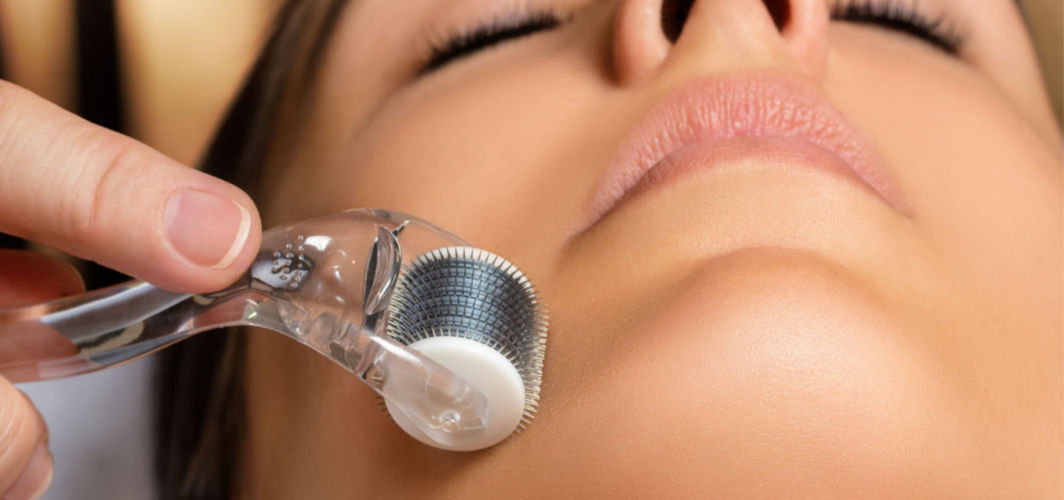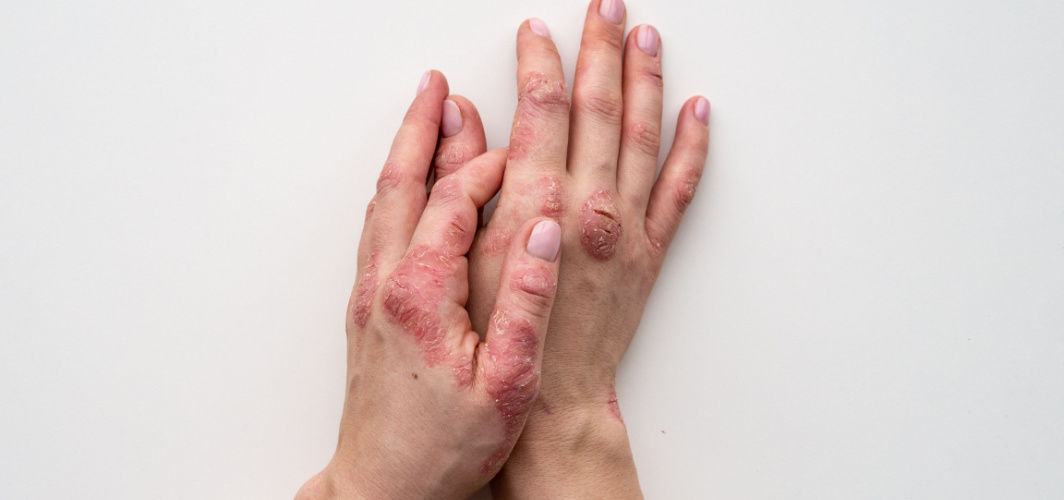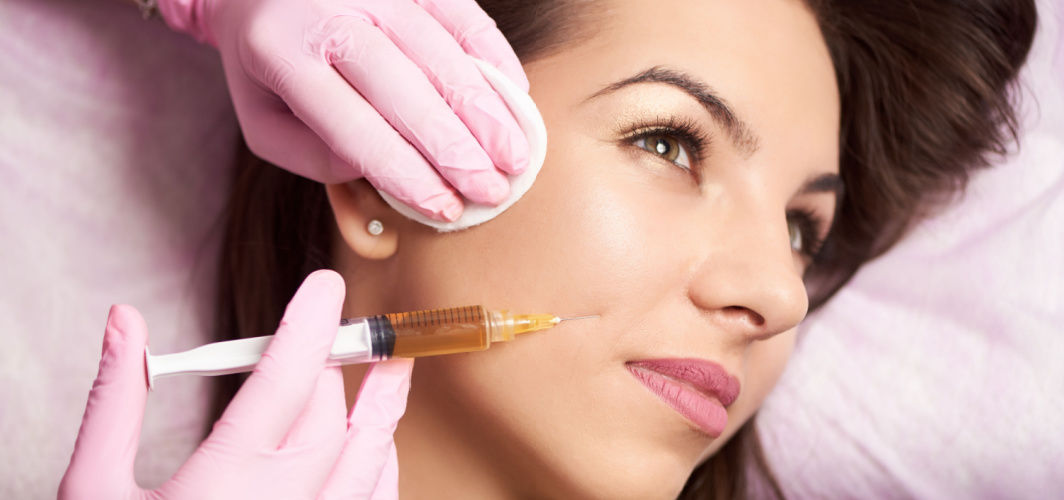Skin Care
Pachyonychia Congenita: Causes, Triggers, Symptoms, Treatments & Prevention
10 min read
By Apollo 24|7, Published on - 05 October 2023
Share this article
0
0 like

Pachyonychia Congenita (PC) is a rare genetic disorder that affects the nails and skin. It is characterised by thickened nails (pachyonychia) and painful, blistering patches on the soles of the feet and palms of the hands. In this blog, we will understand the underlying causes, pachyonychia congenita types, potential triggers, the range of symptoms, available pachyonychia congenita treatments, and effective prevention strategies for PC.
What is Pachyonychia Congenita?
Pachyonychia Congenita (PC), a rare genetic disorder, is characterised by thickened nails (pachyonychia), painful blisters and calluses on the feet and hands, and other dermatological abnormalities. PC is caused by mutations in specific genes that are involved in the development of skin, hair, and nails.
There are four subtypes of PC, but the most common pachyonychia congenita types are type 1 and type 2.
- Type 1: In this, the symptoms typically appear in infancy or early childhood and include thickened nails, palmoplantar keratoderma (thickening of the skin on the palms and soles), and blistering on the feet.
- Type 2: It is less common and usually presents with oral leukokeratosis (white patches in the mouth), palmoplantar keratoderma, and less frequent blistering.
It is important to differentiate between type 1 and type 2 as the treatment options may vary. Genetic testing is typically done to confirm the diagnosis and determine the subtype.
What Causes Pachyonychia Congenita?
The causes of Pachyonychia Congenita include:
1. Mutation of the Genes
The genetic basis of Pachyonychia Congenita lies in mutations in one of five genes; KRT6A, KRT6B, KRT6C, KRT16, or KRT17. These mutations disrupt the normal functioning of these genes, leading to an abnormal production of keratin. Moreover, mutations in different genes can result in different Pachyonychia Congenita types, each with its own set of symptoms and severity. These types include:
- PC-K6a
- PC-K6b
- PC-K6c
- PC-K16
- PC-K17
2. Hereditary Factor
The inheritance pattern of Pachyonychia Congenita is autosomal dominant, which means that an affected individual has a 50% chance of passing it to each of their children. In some cases, the disorder may occur sporadically due to new mutations in the genes.
Triggers and Risk Factors of Pachyonychia Congenita
While the condition is primarily caused by mutations in specific genes, certain triggers and risk factors can exacerbate symptoms. These include:
1. Environmental Triggers
Certain environmental factors can worsen the symptoms of PC. These include:
- Heat and Humidity: High temperatures and humid climates can increase sweating, leading to blister formation and pain.
- Friction and Pressure: Activities or occupations that involve repetitive friction or pressure on the skin can cause calluses, blisters, or corns.
- Cold Weather: Cold temperatures can cause vasoconstriction (shrinkage of blood vessels), leading to reduced blood flow to the extremities and increased pain.
Engaging in physical activities that involve constant rubbing or pressure on the affected areas can worsen symptoms. It is advisable to wear appropriate footwear and protective clothing during such activities.
2. Psychological and Emotional Triggers
Stress can increase inflammation in the body, which can worsen PC symptoms.
- High levels of stress can lead to flare-ups of PC symptoms. These triggers may include work-related stress, personal relationships, financial difficulties, or other life events that cause emotional distress.
- Emotional triggers can also intensify pain, thus increasing physical discomfort associated with PC.
Symptoms of Pachyonychia Congenita
These are the symptoms of Pachyonychia Congenita:
1. Nail Abnormalities (Pachyonychia)
Nail abnormalities are one of the hallmark features of Pachyonychia Congenita (PC). These abnormalities are known as "pachyonychia" and refer to the thickening and discolouration of the nails. The nail abnormalities seen in PC include:
- Abnormally thick nails (one or more)
- Yellowish, brown, or white coloured nails
- Splitting, ridges, or pitting on the surface of the nails
- Pain, discomfort, difficulty in gripping objects
- Increased risk of developing infections
2. Skin Disorders (Hyperkeratosis)
Hyperkeratosis can limit one's ability to perform simple tasks such as writing, typing, or walking without discomfort. Some of these symptoms include:
- Abnormal skin thickening, particularly on the palms of hands & soles of feet
- Difficult to perform simple tasks such as gripping objects or walking comfortably
- Blisters on various parts of the body, including the hands, feet, & even inside the mouth
- Callus formation due to constant friction and pressure on certain areas of the skin
3. Oral Manifestations
Individuals with PC may experience various oral symptoms that can significantly impact their quality of life.
- Painful or sensitive white patches (leukoplakia) on the tongue, gums, and inner cheeks
- Fissures or a "hairy" appearance on the tongue
- Discomfort while speaking and eating
- Delayed eruption of teeth
- Caries (cavities)
- Overcrowding of teeth
4. Other Associated Symptoms
There are several other associated symptoms that individuals with PC may experience, some of which include:
- Sparse or curly hair
- Excessive hair growth in certain areas of the body
- Excessive sweating, particularly in the palms and soles of the feet
- Sensitivity to light, redness, or inflammation in the eyes
Treatment Options for Pachyonychia Congenita
In this section, we will delve into the Pachyonychia Congenita treatment options.
1. Symptom Management
While there is no cure for PC, there are treatment options available to manage its symptoms. The goal of treatment is to alleviate pain and discomfort caused by nail and skin abnormalities. Here are some strategies that can help in managing the symptoms of PC:
- Topical Treatments: Emollients and keratolytic agents can be applied to the affected areas to soften the skin and reduce thickening. These treatments can help improve flexibility and reduce pain caused by calluses or corns.
- Bandages or Gloves: Wearing protective bandages or gloves over affected hands or feet can provide cushioning and reduce friction. This can help prevent further damage and promote healing.
- Pain Relief Medications: Over-the-counter pain relievers, such as nonsteroidal anti-inflammatory drugs (NSAIDs), can be used to manage pain and inflammation associated with PC. However, it is important to consult a healthcare professional before taking any medication.
2. Genetic Therapies and Experimental Treatments
In recent years, there have been significant advancements in the field of gene therapy for Pachyonychia Congenita (PC). Researchers are exploring innovative approaches to target the specific genetic mutations that cause this condition. While gene therapy is still in the experimental stage, it holds promise for potential future treatments.
Ongoing research focuses on developing techniques to deliver functional copies of the mutated genes into the affected cells. This involves using viral vectors or nanoparticles to transport the desired genes and correct the underlying genetic defects. Preliminary studies have shown promising results in animal models, demonstrating the potential effectiveness of this approach.
In addition to gene therapy, other experimental treatments are also being explored, such as RNA interference (RNAi) and small molecule inhibitors. These approaches aim to modify or block the expression of the mutated genes responsible for PC symptoms.
While these groundbreaking treatments show great promise, it is essential to remember that they are still under investigation.
3. Psychological Support and Counselling
Psychological support and counselling play a crucial role in the overall management of individuals with Pachyonychia Congenita. While the physical symptoms of PC can be challenging to deal with, the emotional and psychological impact can also be significant. This is why it is essential to emphasise the importance of mental health for individuals with PC.
Here are some key points to consider regarding psychological support for PC:
- Coping Mechanisms: Living with a chronic condition like PC can be mentally taxing. Therefore, individuals need to learn effective coping mechanisms to deal with the emotional challenges associated with their condition. This may include stress-management techniques, relaxation exercises, and finding healthy outlets for emotions.
- Support Groups: Engaging in support groups can provide a sense of belonging and understanding for individuals with PC. Connecting with others who share similar experiences can be comforting and empowering. Support groups can be both online and in-person, allowing individuals to discuss their concerns, seek advice, and offer support to others.
- Counselling Options: Seeking professional counselling can provide additional support for individuals dealing with psychological difficulties related to PC. A trained therapist or counsellor can help address specific concerns, guide managing emotions, and offer personalised strategies for coping with the challenges associated with PC.
Prevention of Pachyonychia Congenita
When it comes to Pachyonychia Congenita, prevention and lifestyle management play a crucial role in minimising symptoms and improving overall quality of life. Here are some key recommendations to consider:
1. Avoiding Triggers
Minimise exposure to environmental triggers that can exacerbate symptoms.
- This includes extreme temperatures, both hot and cold, as well as physical trauma to the affected areas.
- Protect the nails and skin by wearing appropriate clothing and gloves when necessary.
- Be mindful of activities that can potentially cause injury or trauma to the affected areas, such as sports or manual labour.
Stress can often worsen symptoms of Pachyonychia Congenita. Implementing stress management techniques can be beneficial in reducing the frequency and severity of flare-ups.
- Engage in relaxation techniques like deep breathing exercises, meditation, or yoga.
- Seek support from friends, family, or support groups to help manage stress levels.
2. Nail and Skin Care Tips
Proper nail and skin care are essential for individuals with Pachyonychia Congenita (PC) to manage their condition effectively. By following a few simple tips, you can help prevent complications and maintain healthy nails and skin.
Nail trimming techniques:
- Trim your nails straight across to avoid ingrown nails.
- Use a fine emery board to gently file the edges of the nails.
- Avoid cutting or pushing back cuticles to prevent infection.
Skincare routines:
- Cleanse your skin with mild, fragrance-free soaps.
- Moisturise your skin regularly to prevent dryness and cracking.
- Use sunscreen with a high SPF to protect your skin from sun damage.
It is suggested to look for moisturisers containing ingredients like shea butter, glycerin, or ceramides. Choose nail care products without harsh chemicals, such as formaldehyde or acetone.
3. Oral Health Maintenance
Oral care plays a crucial role in managing and preventing complications associated with Pachyonychia Congenita (PC). Follow these guidelines to maintain good oral hygiene and prevent oral symptoms:
- Regular Dental Check-ups: Schedule routine dental visits to monitor your oral health. Dentists can identify early signs of gum disease, tooth decay, or other oral conditions. These check-ups allow for timely intervention and prevention of complications.
- Cleaning Routines: Brush your teeth at least twice a day using a soft-bristled toothbrush and fluoride toothpaste. Floss daily to remove plaque and food particles between the teeth. Consider using an antimicrobial mouthwash to reduce the risk of infection.
- Early Intervention: If you notice any changes in your oral health, such as bleeding gums, persistent bad breath, or mouth ulcers, seek dental care promptly. Early intervention is crucial in managing oral symptoms and preventing complications.
4. Dietary Considerations
Diet plays a crucial role in managing Pachyonychia Congenita (PC) and maintaining overall health. Here are some dietary considerations to help support skin and nail health:
- Fruits and Vegetables: Fruits and vegetables are packed with antioxidants, which can help protect the skin from damage caused by free radicals. Incorporate a colourful array of produce like berries, leafy greens, and bell peppers into your diet.
- Include Lean Proteins: Proteins aid in the growth and repair of tissues, including nails. Opt for lean sources such as chicken, fish, tofu, or legumes to ensure an adequate intake.
- Stay Hydrated: Drinking enough water helps maintain skin hydration and prevents dryness. Aim for at least eight glasses of water per day.
- Limit Processed Foods: Processed foods often contain additives and preservatives that may exacerbate PC symptoms. Try to minimise your intake of processed snacks, sugary drinks, and fast food.
Conclusion
In conclusion, Pachyonychia Congenita is a challenging condition that requires comprehensive care and management. By understanding the causes, pachyonychia congenita types, triggers, symptoms, pachyonychia congenita treatments, and preventive measures associated with PC, individuals affected by this disorder can take proactive steps towards better health outcomes.
Skin Care
Consult Top Dermatologists
View AllFrequently Asked Questions
Is Pachyonychia Congenita hereditary?
Is Pachyonychia Congenita hereditary?
Can Pachyonychia Congenita be cured?
Can Pachyonychia Congenita be cured?
Can lifestyle factors affect the symptoms of PC?
Can lifestyle factors affect the symptoms of PC?
Can PC be diagnosed through genetic testing?
Can PC be diagnosed through genetic testing?
Are there any new treatments or technologies for PC?
Are there any new treatments or technologies for PC?
Leave Comment
Recommended for you

Skin Care
Is Your Derma Roller Really Effective?
A derma roller is a handheld skin care device that contains multiple rows of tiny needles. The article explores its uses and benefits in detail below.

Skin Care
Psoriasis: Definition, Causes, Symptoms, Treatments & Prevention
Discover Psoriasis - its definition, causes, symptoms, treatments, and prevention strategies for comprehensive insights and effective management.

Skin Care
Are Dermal Fillers Safe To Use?
This comprehensive guide examines the safety and efficacy of dermal fillers for a youthful look. It discusses different types of fillers, their benefits and risks, the importance of professional administration, and tips for minimizing adverse reactions.
Subscribe
Sign up for our free Health Library Daily Newsletter
Get doctor-approved health tips, news, and more.
Recommended for you

Skin Care
Is Your Derma Roller Really Effective?
A derma roller is a handheld skin care device that contains multiple rows of tiny needles. The article explores its uses and benefits in detail below.

Skin Care
Psoriasis: Definition, Causes, Symptoms, Treatments & Prevention
Discover Psoriasis - its definition, causes, symptoms, treatments, and prevention strategies for comprehensive insights and effective management.

Skin Care
Are Dermal Fillers Safe To Use?
This comprehensive guide examines the safety and efficacy of dermal fillers for a youthful look. It discusses different types of fillers, their benefits and risks, the importance of professional administration, and tips for minimizing adverse reactions.


